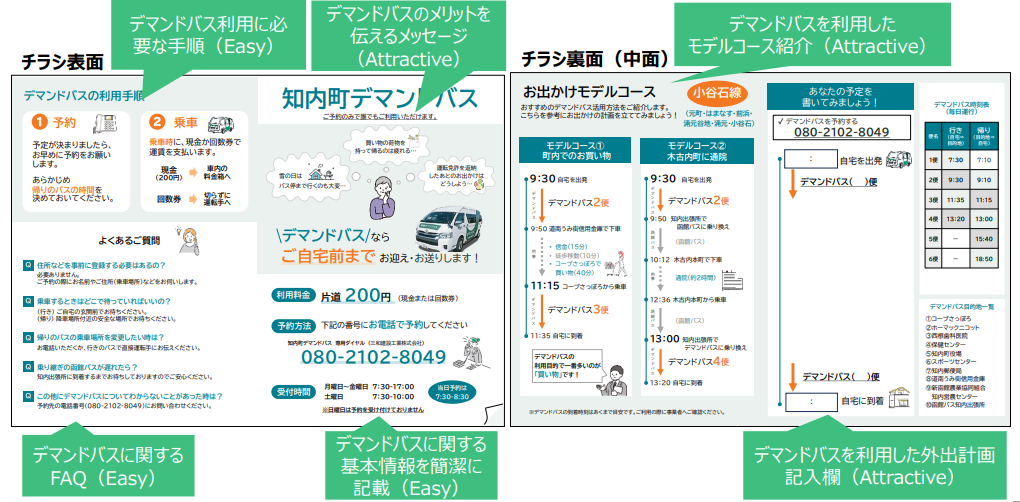We developed a website where, for the first time, one can view the entire electricity demand of Japan in real time. One of the unexpected outcomes of this display is the distinct, Japan-wide, reduction in electricity use during lunch. Every weekday, at about 12:00. electricity demand falls more than 6 GW and then returns to the pre-lunch trend at 13:00. This phenomenon does not appear in major North American or European load shapes. We investigated the causes of Japan’s 6 GW lunch break. Industrial users – who are responsible for about one third of Japan’s electricity consumption – are not the cause because electricity-intensive industrial processes do not pause for lunch or implement more extensive load-shifting programs. The residential sector is not the cause either because the phenomenon does not occur on weekends or holidays. Instead, a combination of practices and behaviors in the commercial sector appears to be responsible for the drop in electricity use. The Japanese lunch hour is strongly concentrated between 12:00 and 13:00. Japanese office workers have traditionally switched off lights, equipment, and sometimes even air conditioning before they leave for lunch. We estimated that the average Japanese office worker undertakes at least one electricity conservation measure before leaving for lunch. These habits form a foundation that may be extended to include new measures at the end of the work day so as to save more electricity or peak demand. Different strategies will be needed to encourage similar behaviors among American office workers, including providing more local controls for energy-using equipment.
- 論題
- Japan's 6 GW lunch break
- 著者
- Alan Meier, Kadir Bedir, Sho Hirayama, Hidetoshi Nakagami
- 掲載誌
- eceee 2015 Summer Study proceedings (pp. 2003–2007).

